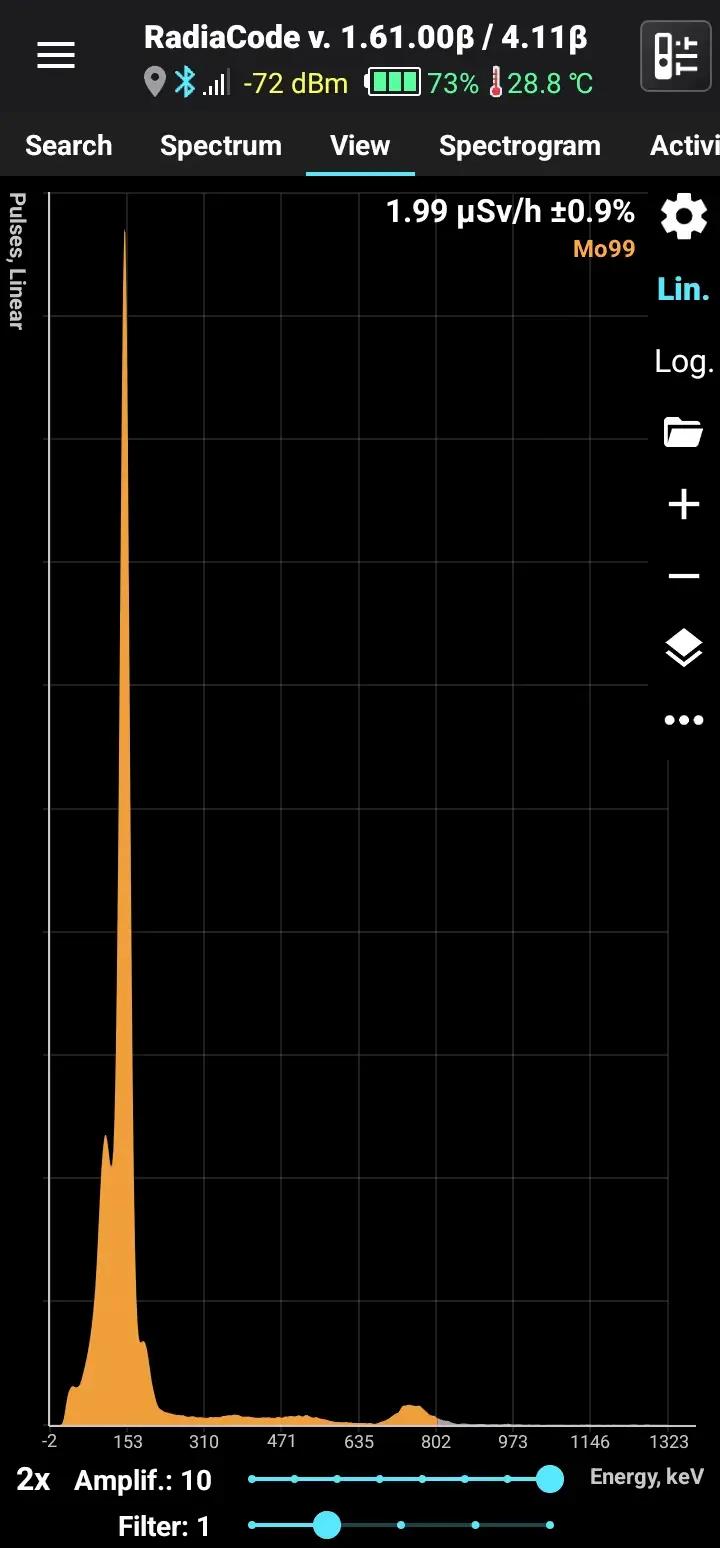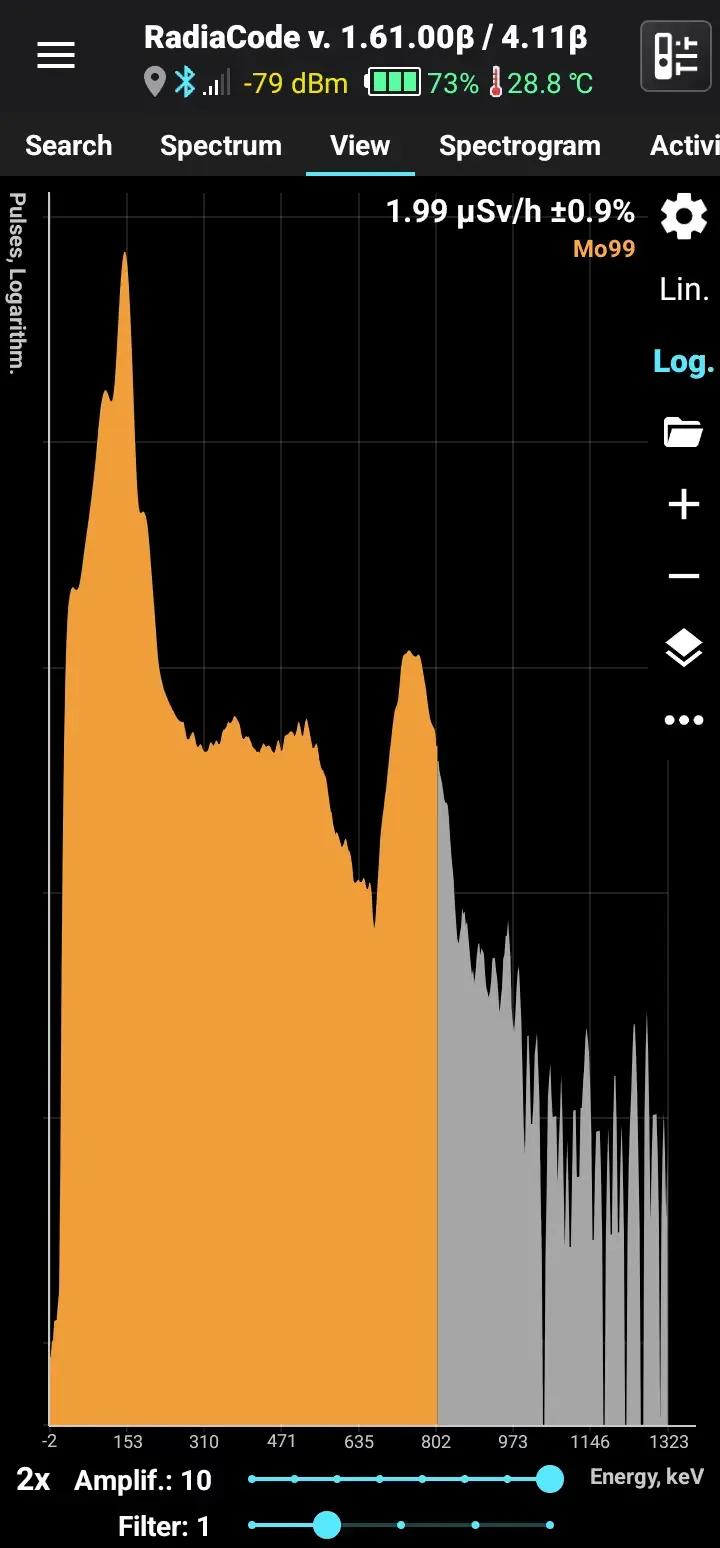
Molybdenum-99 (Mo-99) is a radioactive isotope of molybdenum with a half-life of approximately 66 hours. It decays by beta emission to produce technetium-99m (Tc-99m), a metastable isotope widely used in medical imaging. Mo-99 is typically produced in nuclear reactors through the fission of Uranium or by neutron activation of molybdenum-98.

Mo-99 is primarily used as a parent isotope for generating Tc-99m, which is employed in over 80% of nuclear medicine diagnostic procedures. Tc-99m is critical for imaging organs such as the heart, lungs, liver, and bones, providing high-resolution images to diagnose various conditions, including cancer, cardiovascular diseases, and bone disorders. Mo-99 is usually incorporated into technetium generators, which allow hospitals and clinics to extract Tc-99m on-site.

Mo-99 is not naturally occurring and is produced artificially in nuclear reactors or specialized facilities. The most common production method is the fission of highly enriched uranium (HEU) or low-enriched uranium (LEU) targets. Major producers of Mo-99 are located in countries with advanced nuclear infrastructures, such as the United States, Canada, and Europe. Mo-99 is encountered in controlled environments such as medical facilities, nuclear reactors, and laboratories specializing in radiopharmaceutical production. Its production and distribution are strictly regulated due to its radioactive nature and importance in healthcare.


Mo-99
Molybdenum-99
Half-life: 65 hours Main emission lines: 140, 181, 366, 760 keV
Decay mode Beta-
Beta-
| Avg. En., keV | Intensity, % | Decay En., keV |
| 442.9 | 82.2 | (1215.1) |
| 133.2 | 16.4 | (437.2) |
| 289.7 | 1.16 | (848.7) |
Gamma
| Energy., keV | Intensity, % |
| 739.500 | 12.2 |
| 181.068 | 6.05 |
| 777.921 | 4.31 |
| 366.421 | 1.200 |
| 40.58323 | 1.04 |
| 822.972 | 0.134 |
X-rays
| Energy., keV | Intensity, % |
| 18.367 | 1.77 |
| 18.250 | 0.93 |
| 20.599 - 21.041 | 0.545 |
| 20.599 - 20.791 | 0.471 |
| 2.132 - 3.039 | 0.197 |
| 21.001 - 21.005 | 0.074 |